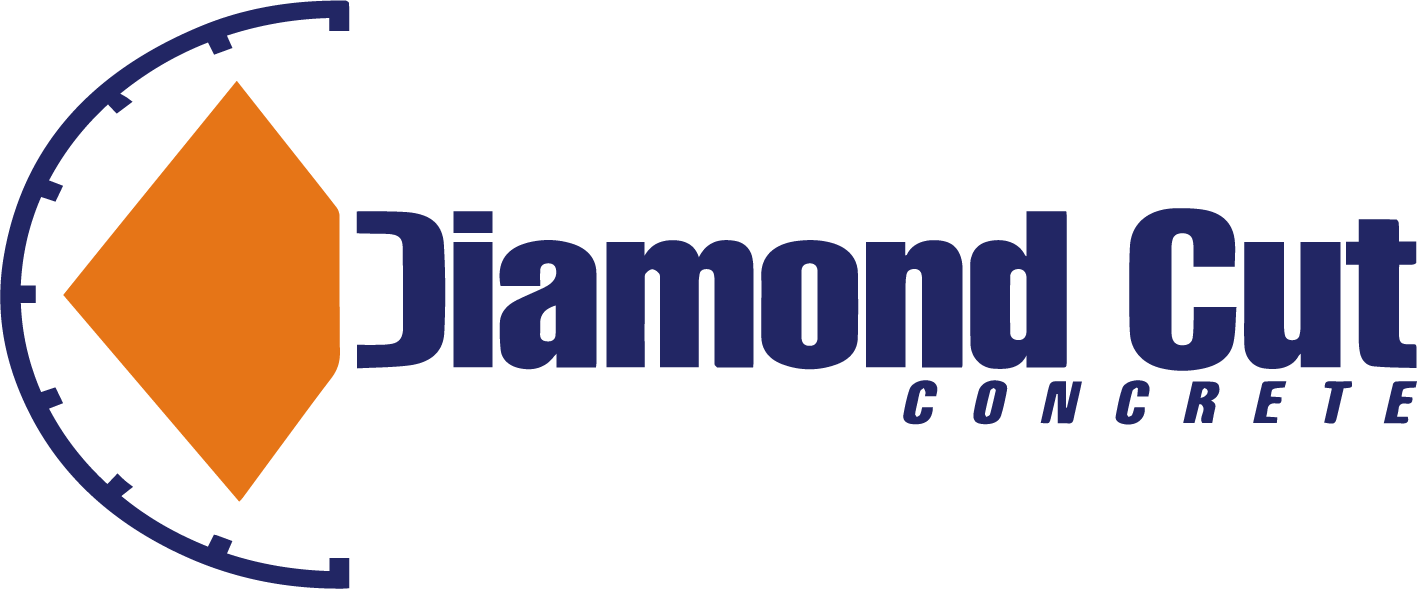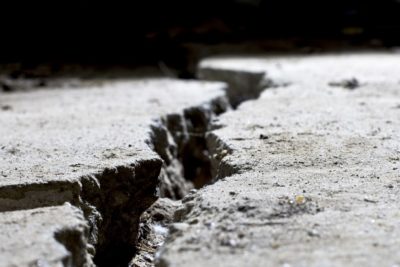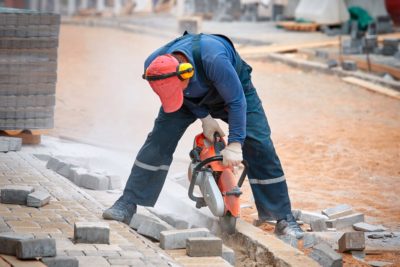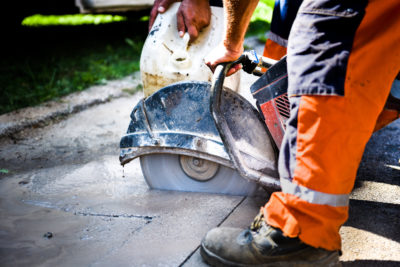Concrete cancer, or concrete spalling, can be devastating for your building or structure. But don’t worry, there is a cure! Well, that is if you manage to get onto it nice and early.
Concrete cancer repair cost gets more and more expensive the longer you leave it. As a building manager or project manager, this shouldn’t be a problem for you. Why? Because you’d no doubt already be conducting regular checks and recording scheduled maintenance. Right?
Well, if you don’t, you should! Well, if you don’t, you should! For your next scheduled check, if you are wondering ‘what does concrete cancer look’ — fear not. In this article we will cover everything you need to know. We will be discussing; concrete cancer causes, concrete cancer signs, and concrete cancer treatment.
What Is Concrete Cancer?
First thing is first, we need to discuss the composition of concrete structures. Concrete is a porous material and when used for construction, reinforcing steel is inserted to bolster its strength. Because concrete is porous, it can absorb water and salt air very easily, which corrodes the steel inside.
This process is what gives a structure concrete cancer. Concrete cancer is when concrete absorbs water and salt air which rusts the steel within. When steel corrodes, it expands. When it expands, it cracks the concrete.
The cracking accelerates the concrete cancer process by exposing more of the steel, which significantly weakens the building. It is called cancer because if left untreated the damage will grow further, faster, and be more severe. So get on top of it early!
How To Identify Concrete Cancer Signs
Luckily with concrete cancer, the signs are a good deal more obvious than with people. All you have to do is conduct regular inspections so it doesn’t creep up on you! Here are some of the most notorious signs:
- Cracking in the concrete
- Parts of the concrete crumbling away
- Rust marks on the concrete
- Noticing leaks in the concrete
- Bubbling in the concrete
- Concrete expanding outwards
If you look out for these things regularly, notice one of the signs early, and get on top of it, the cost you will pay and damage to your building or structure will be significantly reduced. If you do notice one of these things, you should contact a professional to give a proper diagnosis.
Diagnostic Analysis and Professional Assessment
Only a concrete professional will be able to give you a proper and thorough diagnosis on your issue. Your train of thought shouldn’t be; “oh, a crack?! I’ve got concrete cancer!” The train of thought should lead you to identify the sign, then recognise you need a professional to come and check it out. The concrete professional will be able to more accurately identify the cause of the problem, and recommend an appropriate solution.
Concrete Cancer Causes
The large, glaringly obvious reason for concrete cancer is moisture in the concrete. Here are some more causes to be aware of for your concrete building or structure:
- Poor waterproofing that allows moisture into the concrete
- Salt air and chlorides if your building or structure is near the ocean on river
- Building defects
- Humid or rainy weather and general wear and tear
- Poor quality concrete
- The earth-foundation it is built on shifts and moves, promoting cracks
Structures Most at Risk
A structure most at risk to concrete cancer is a structure exposed to any or all of the things above. However, usually concrete cancer is prevalent in buildings that are older than 10 years old. That isn’t to say younger buildings aren’t at risk, but if your building is more than 10 years old, you should be hyper aware of the signs.
How To Repair Concrete Cancer
Treating concrete cancer is highly, highly recommended to be done by a professional. When you have concrete cancer, it’s extremely important that the spread of it be shut down. Otherwise the structural integrity of the building will be compromised and you could be facing exorbitant prices to fix it, or even have the entire building destroyed. Here are some of the most common solutions:
Polymer Modified Repair
When concrete carbonation and the concrete isn’t covering the steel properly, polymer modified repair is often used. This method starts off by removing concrete around the affected area and cleans the rusted steel. Then, a steel primer is applied and a polymer modified material is put on top. Usually, an anti-carbonation sealant is also put over the entire concrete surface to bolster its resilience.
Electrochemical Treatment
This method is usually used for salt-based areas. It limits corrosion by making a metal surface a cathode of an electrical cell. It places a sacrificial, more easily corroded metal, near the steel to act as an anode.
Replacement Method
This step is fairly simple, remove the affected area and replace it with new concrete and steel. Usually in this step, the structure is given a good clean and re-waterproofing. (PS. Make sure you scan your concrete before you do any demolishing work!)
A Typical Concrete Cancer Replacement Process:
- Break off any affected concrete and steel
- Precise cut and clean up edges where affected concrete has been broken off
- Clean all surrounding concrete and steel
- Add primers and rust inhibitors
- Add new steel and concrete
- Coat concrete in waterproofing sealant
Laws and Regulations To Doing Your Own Concrete Work
Technically, if your concrete repairs don’t cost more than $20,000, or affect the compliance of your building, you can carry out your own concrete work.
However, we highly recommend against it. With something as serious as concrete cancer, you want to be absolutely certain it is getting done properly. If it isn’t, the cost will be significant.
Is It Safe To Buy A House With Concrete Cancer?
In short, it probably is physically safe. The long answer, it probably isn’t. You don’t want to agree on buying a house that has yet to be uncovered concrete cancer, only to have the problem sprung on you in the honeymoon stage of your purchase.
Why? Because it will cost you a lot of money to fix it! So, the house probably won’t fall on top of you (though it could), but, if it has concrete cancer it will be financially unsafe!
Maintenance Is Not Repair Work
Maintenance is not repair work. Maintenance is a small ongoing cost that you pay to avoid massive costs for repairs. When it comes to your concrete building or structure, you should be constantly maintaining it with coatings of waterproofing and regularly inspecting it for imperfections. This will save you a lot of money because you won’t have to fork out massive repair costs!
Your Concrete Professionals
Diamond Cut Concrete provides some of the best solutions for concrete in Perth. This is because Diamond Cut Concrete offers a 24 hour customer service line and can provide you with a quote within a day. We have completed close to 1,000 successful projects and have a 100% clean safety record. For any concrete project solutions, contact us today!



